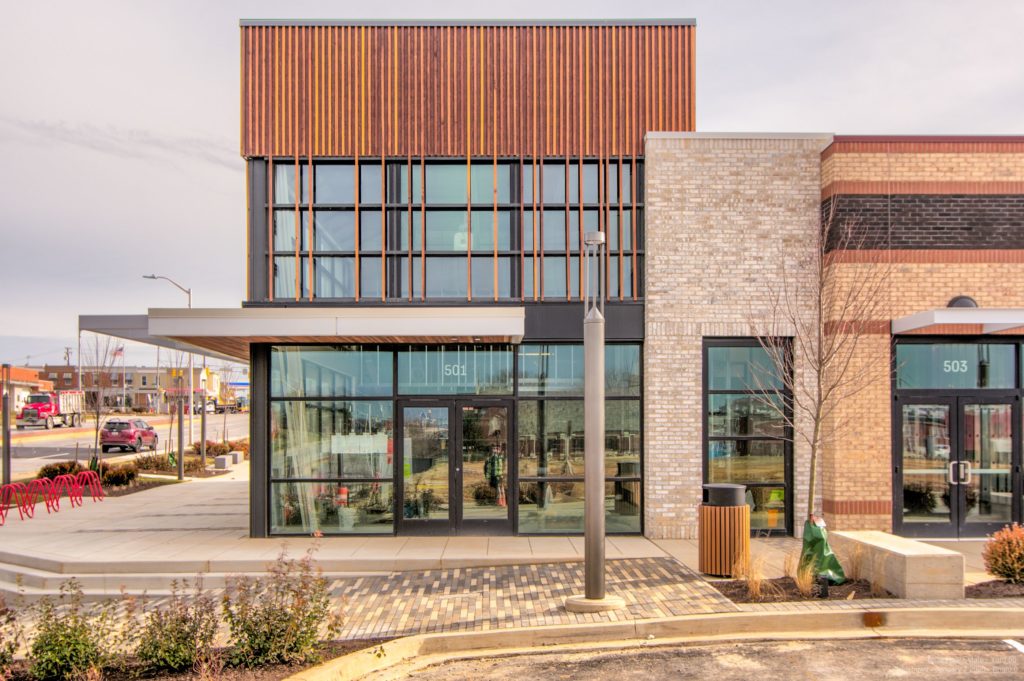This article appeared in the March/April 2020 issue of NAIOP-MD InSites Newsletter
Buoyed by new clarity around federal tax laws and a stream of calls from investment funds, economic development professionals are anticipating new infusions of capital into real estate projects around Greater Baltimore.
Federal officials finally approved regulations for the two-year-old Opportunity Zone program in December. Since then, Baltimore City and Baltimore County officials have been educating and attracting would-be investors and working to clear the way for new investments and new projects in the city’s 42 zones and the county’s 10. By early March, 308 opportunity zone funds across the country had raised more than $7.5 million in equity.

“We are definitely seeing increased interest from investors, and our opportunity zones present a myriad of different investment options, including some retail projects, industrial, warehouse and office,” said Chris McCollum, Baltimore County’s Director of Anchor Initiatives. “The challenge of opportunity zone investment is that it’s a pretty technical process that includes a number of steps. It’s not as easy as just buying a building.”
Consequently, local officials are working to ease, speed and enhance the investment process. The Baltimore Development Corporation (BDC), which is in contact with about 70 opportunity zone investment funds, is communicating with investors and developers to find suitable matches, coordinating with other city departments to accelerate permitting or address other obstacles facing some developments, and helping assemble capital stacks for projects.
In addition to federal tax credits, opportunity zone investments can qualify for local incentives, such as the Commercial Revitalization District credits in Baltimore County and the Neighborhood Investment Impact Fund (NIIF) assistance in Baltimore City.
“The NIIF is an important partner because they can provide gap funding. They can do pre-development or mezzanine funding and at pretty low cost-to-capital,” said Ben Seigel, BDC’s Opportunity Zone Coordinator. “From the city’s perspective, that’s an important tool that helps us work with developers and capital partners to put together a capital stack that can work for an opportunity zone fund.”
Local officials and developers can also help investors access state incentives, Seigel said. Last year, the Maryland General Assembly passed legislation enhancing several existing state tax credits for investments in opportunity zones. To qualify, however, those investments must include a community benefits agreement.
“We’re really excited about that because it helps strengthen the social and community impacts from these projects,” Seigel said.
“I encourage developers to take a second look at their projects. These are important real estate projects that are revitalizing communities, but with the right partnerships, they can have even greater social and community impact… Having that impact lens to the project is going to open it up to a lot of these opportunity fund investors.”
Seigel points to the example of Yard 56, the mixed-use redevelopment by MCB Real Estate of a former porcelain factory site in Greektown. Yard 56 was the first Baltimore City project to secure an opportunity zone investment which came from Prudential Financial. The project’s community impact efforts have included initiatives to create work opportunities for local residents on-site. Recently, the developers contracted Baltimore Tree Trust, a small local company that helps formerly incarcerated individuals develop careers in landscaping, to complete tree plantings on the 20-acre site.
Many opportunity zone investment funds are prioritizing social and community impact in their investments. That is prompting some funds to assemble opportunity zone investment portfolios that individually generate different community impact or financial returns, but collectively meet benchmarks for both impact and earnings, Seigel said.
In addition, “we are seeing more and more funds coming into the market who are interested in making multiple investments and pursuing a neighborhood development strategy,” he said. Blueprint Local, which recently invested in the redevelopment of Penn Station, “is very interested in investing across the North Avenue corridor…from Madison Park to Green Mount Cemetery. Penn Station is their first investment in Baltimore, and they see it as the heart of that strategy.”
Originally published in March/April 2020 NAIOP-MD InSites.